
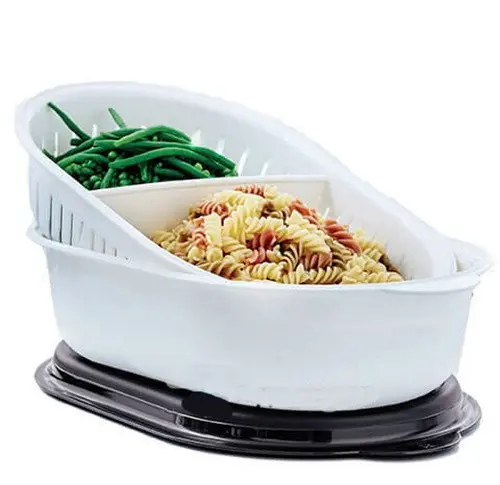
Who doesn’t like to meet autumn with fragrant corn on the cob? That’s right, everyone loves to eat the fruits of the “queen of the fields.” But in order to enjoy plenty of juicy grains, you must first grow a crop. In this article, we will discuss how to plant corn, what care will be needed, what varieties can be grown in the Moscow region, as well as a few secrets of seed preparation.
Variety choice
It is important to choose the right variety that will perform best in your area. Yes, despite the general species similarity, some varieties grow better in the southern regions, some can only be grown in the northern regions, and some have the ability to take root anywhere, as long as there is fertilizer and sun.
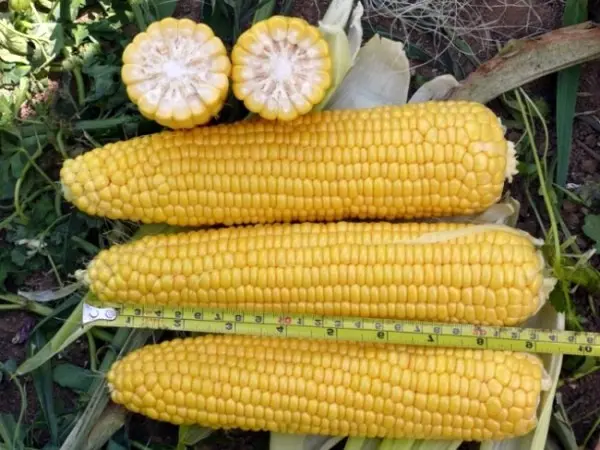
Corn can be planted in the same place every year, the main thing is to properly care for the beds.
In the Moscow region, the Dobrynya variety gives a good harvest. This is an early ripe variety, characterized by large cobs with sweet grains. “Dobrynya” is extremely resistant to mosaic, rust of leaves and stems, as well as Fusarium. Moreover, of all early-ripening varieties of corn, it ripens very first. Seeds of this variety are highly valued for their resistance to fungal diseases even during storage.
In terms of sweetness, “Dobrynya” is not inferior to another early ripe variety – “Lakomka 121”. “Lakomka” is characterized by high productivity and immunity. Cobs are suitable for eating at the stage of milky ripeness, as well as for canning at any stage of ripeness. Often, in addition to the taste, “Lakomka” is valued for seeds that germinate well in a year.
“Early gold 401” is a mid-season variety with cobs up to 19 cm long. Its seeds are well suited for both outdoor planting and greenhouse cultivation. At the same time, minimal care is needed for plants, especially in terms of salvation from fungal infections. Seeds are well stored, suitable for early planting in a year.
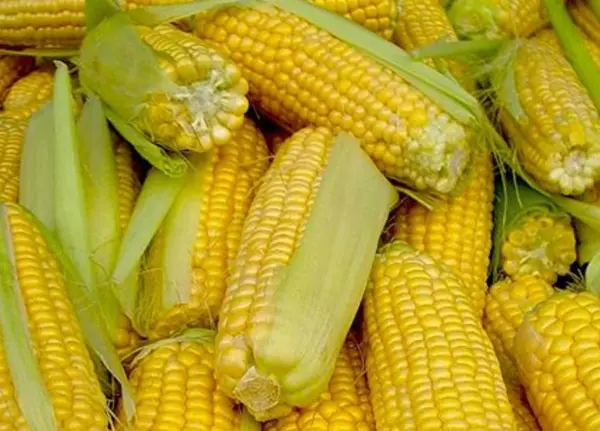
And finally, a variety that grows well both from seeds and by pre-growing seedlings is “Spirit F1”. It is a very sweet variety that brings its first harvest 2 months after germination.
Soil preparation
If the soil is properly processed and prepared, corn can be planted in any region. The place must be protected from cold winds and stagnant water so that the culture can reach its potential. The soil is prepared in the fall, when the precursor crops are removed. It is necessary to dig the ground at least 30 cm in order to provide the developed root system of the plant with sufficient oxygen access and free space for growth.
The soil should be neutral or slightly acidic and well fertilized – these two indicators will help to grow a rich crop every year.
The culture is unpretentious to fertilizers, so feel free to add humus (and here the more the better), phosphorus, potassium and nitrogen mixtures. They will provide a good start for the next year, significantly speeding up the growing season of corn.
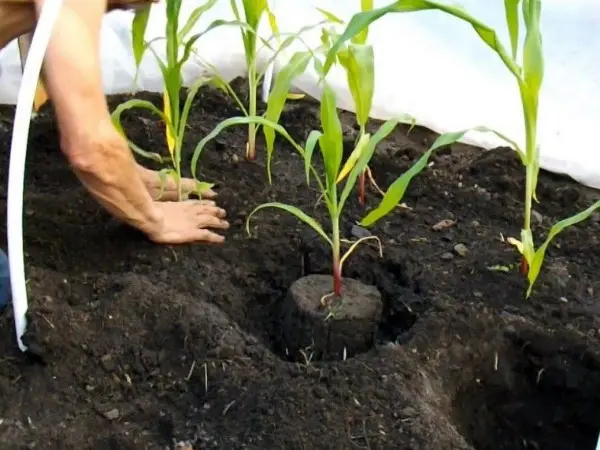
It is recommended to treat the soil in autumn and spring with herbicides, and also do not forget about preventive treatment with fungicides and insecticides every year. Such care will help keep your crop safe and sound.
Landing technology
Planting corn in open ground takes place when the soil warms up to +12 ° С. On the eve of sowing, you can loosen the ground to a depth of 10-15 cm, so that the seeds receive more oxygen, and therefore germinate faster. Also, mark the holes in advance so that there is 45-50 cm of free space between them, and at least 60 cm between the beds.
Maize is usually planted in 4 rows to ensure better pollination during the flowering period and ease of maintenance. 3-4 grains are placed in each hole to a depth of 3-4 cm to ensure higher germination. After planting, the holes are watered and mulched with dry soil.
When shoots appear, only the strongest shoots are left in the wells, and the rest are removed.
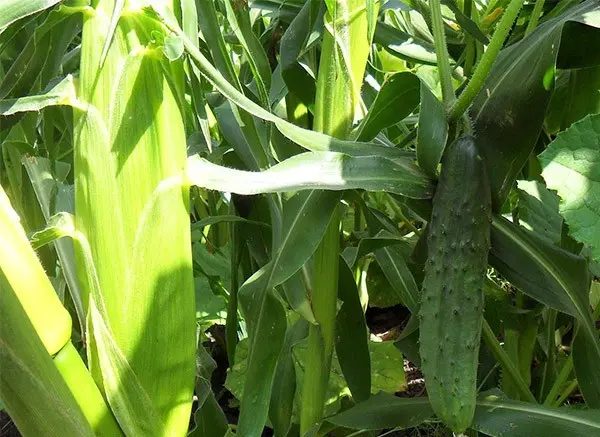
Joint landing
Planting corn does not mean that nothing can be grown on neighboring beds, but rather, on the contrary, every year you can change neighbors in order to get a stable and beneficial effect on it from different crops. For example, you can combine corn and cucumbers, which receive protection from strong winds. Carbon dioxide, which is released from the soil during the growing season of corn, helps cucumbers develop, and thick leaves of cucumbers shade the soil, retaining moisture in it.
Very often there are joint plantings in open ground of corn and pumpkin. Corn roots, as they develop faster and on a larger scale, reliably protect the pumpkin from pests and mechanical damage. Pumpkin, in turn, shades the ground, helping to retain moisture in it longer.
Planting corn with tomatoes, beans and beans is going great. Each year, the beans will saturate the soil with nitrogen, which is useful for corn in the early stages of development, and then the corn stalks will become the support for the beanstalks.
But with beets and celery it is better not to plant corn, because they do not get along well.
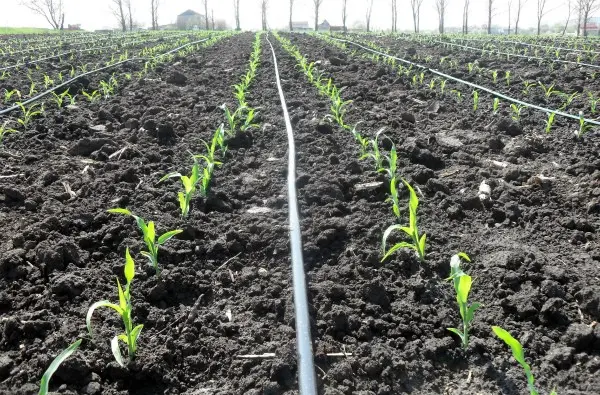
Care
Since corn kernels germinate slowly during the first weeks in the open field, the holes must be carefully weeded.
When the first true leaf appears, it is necessary to feed:
- phosphorus, which nourishes the germ with strength;
- potassium to strengthen immunity and active set of green mass;
- calcium, which, firstly, lowers the acidity of the soil, and, secondly, helps to form root hairs.
You can also combine corn care with watering using liquid mullein.
It is necessary to carry out top dressing no more than 3-4 times a year, so as not to oversaturate the soil and culture with nutrients.
Further care for corn is similar to caring for any other crop: it is necessary to loosen the ground between the rows (and the higher the stem, the less the depth of loosening should be), water the beds and weed them from weeds. When stepchildren appear, they must be removed by covering the open cut with lime. You can not touch the stepchildren, but then the cobs will grow noticeably smaller and may lose their taste.
Video “Sowing corn”
This short video will tell you about the intricacies of planting corn on your site to get a good harvest.









